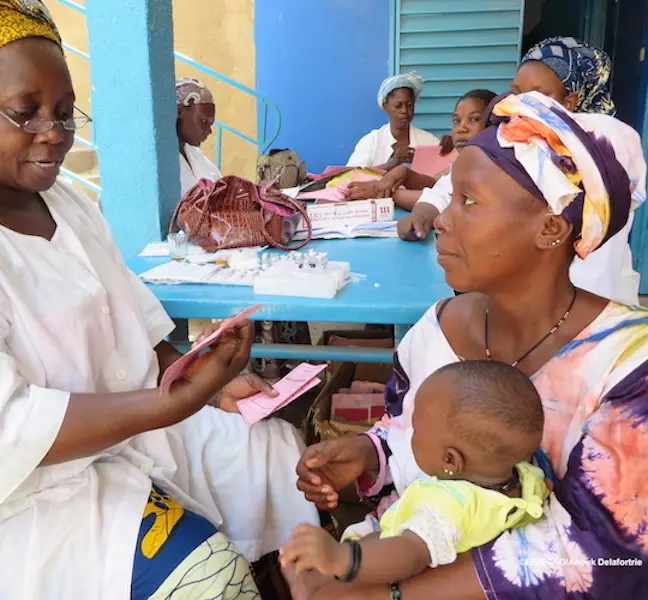
Environment & biodiversity
- Lieu :
Region of Ferlo (Senegal) - Sponsor :
Thierry Vandevelde - Grant:
€5,250 at the selection committee meeting on 21 October 2019
Project Owner
Unité Mixte Internationale 3189 Environnement Santé Sociétés
On 1 March 2009, on the initiative of the CNRS, the "Unité Mixte Internationale 3189 Environnement Santé Sociétés" (UMI 3189 ESS) was created, the very first international joint laboratory to be created in sub-Saharan Africa. This research organization has two objectives: to be an example for pooling research tools shared between researchers from the Northern and Southern hemispheres; and to carry out interdisciplinary studies involving the human and social sciences, environmental sciences, biological and medical sciences. It involves France, Senegal, Burkina Faso and Mali.
Between environment, health and social issues…
Its research field covers the complex relationships between the specific environments of the territories studied, the varying states of health of the inhabitants, and the different social dynamics in the countries concerned. The UMI 3189 ESS studies climate change, changes in landscapes and agronomic systems, urbanization, socio-demographic transitions, changes in eating habits, changes in lifestyles, etc.
Fighting bilharzia
Within the UMI 3189 ESS, the Observatoire Hommes-Milieux International Tessekere, already supported by the Veolia Foundation, focuses on the Senegalese region crossed by the Great Green Wall. It is a narrow zone, but one that is thousands of kilometres long since it connects the east and west of the continent, where thousands of trees are being replanted. This vegetation is intended to prevent the desert from advancing. It has been the subject of 77 projects undertaken by the Observatoire since 2009. The Observatoire is studying the impact of this forested corridor on human, animal and plant populations and on the biotope. In this context, it is charged with this "Study of the populations of freshwater molluscs, intermediate hosts of the parasite causing bilharzia". This parasitic disease is rife in 78 tropical countries, and some 243 million people are carriers. Serious complications include chronic kidney failure, infertility, portal hypertension, bladder and liver cancer.
In order to develop, this type of parasite must necessarily pass through a so-called "intermediate" host, in this case a freshwater mollusc. And as water is scarce in these countries this type of mollusc lives in water that is shared by humans and animals. Humans are affected by this condition, but animals can be affected as well, in particular cattle. These water points are a gathering place for molluscs, intermediate hosts of the parasite, and humans and cattle, the parasite's final hosts. In order to control the disease and its spread, it is necessary to understand the various ways in which it develops and, for example, better understand the problematic hybridizations that may occur between the parasitic form affecting humans and that affecting animals.
Understanding better, for better control
Until now, relatively little data has been collected on this issue in this region. This project therefore aims to identify and genetically characterize the different mollusc species; describe the distribution of mollusc species; and measure the prevalence of parasite infestation in each of the mollusc species found.

